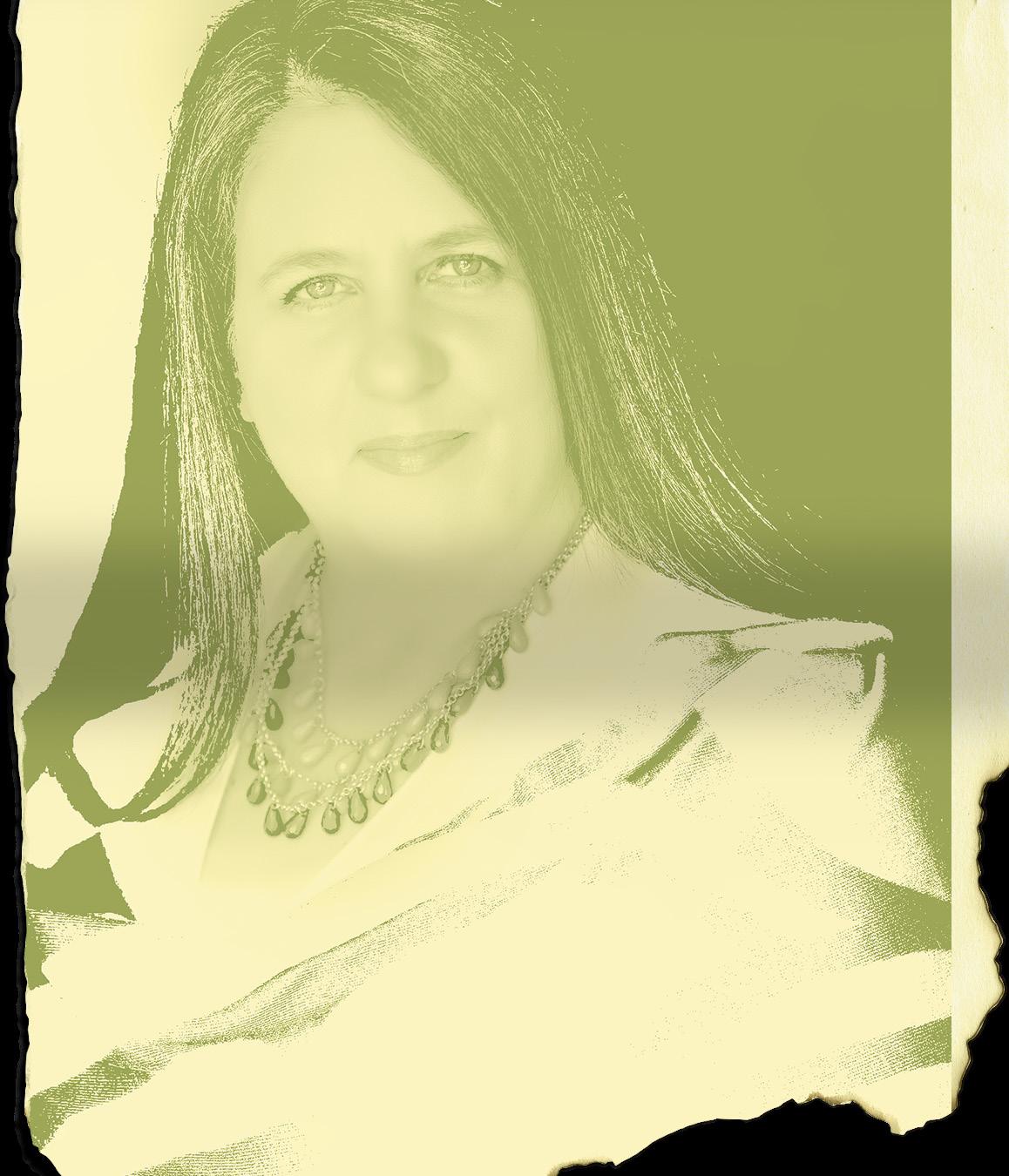
2 minute read
Message from CEO
Welcome to the 20 th Edition of Kci-Niwesq, the magazine of the Native Women’s Association of Canada (NWAC).
In these pages we bring you stories about learning, and about efforts to keep alive the languages of our ancestors and Traditional land-based earning.
Advertisement
Languages are central to all First Nations, Inuit, and Métis cultures. Large numbers of them survived colonization, including the system of Indian residential schools, which aimed to “take the Indian out of the child.” But many have been diminished to the mouths of a few speakers and are under threat of extinction.
For that reason, we applaud those who are devoting their lives to preserving language and land-based teachings for future generations. We would like to introduce you to a few of those remarkable people in this edition.
They include Belinda kakiyosēw Daniels, who runs a nēhiyawēwin
(Cree)-learning summer immersion experience for aspiring Cree speakers. This remarkable initiative that teaches Cree syllabics, or cahkipēhikana, was inspired by a vision that came to Dr. Daniels when she was a young girl. And they include authors like Julie Flett, who is writing and illustrating books for children that incorporate the Cree and Métis languages of her grandparents. Although Ms. Flett’s father did not speak Cree, he heard it as a child. Ms. Flett says that reconnecting to this language helped her understand his worldview and brought them closer together in his later years.
We will also bring you stories about Indigenous women who are rethinking education and delivering it in ways that work better for our children. We speak with Barbara Nolan, Language Commissioner for the Anishinabek Nation, about her journey since creating an Indigenous language program through the Ministry of Education, and why she has dedicated her life to safeguarding Indigenous traditions and teachings.
We learn from Dr. Amy Parent, an associate professor at Simon Fraser University, how integrating land-based learning for all her students instills values of respect, reciprocity, balance, and living in harmony with all living things. It has been a powerfully transformative experience for both her settler and Indigenous students.
Florence Glanfield, Vice-Provost of Indigenous Programming and Research at the University
of Alberta, is Métis and the recipient of last year’s Esquao Award—given by the Institute for the Advancement of Aboriginal Women in Alberta, which honours the achievements of Indigenous women. Dr. Glanfield is a mathematician whose work with Indigenous People inspired her to develop different ways to learn numerical concepts.
And, in Sturgeon, Saskatchewan, land-based instructor Tanya McCallum has created a Warrior’s Club to teach the First Nations boys in her community about Traditional Ways. In the process, the program helps them gain independence, develop a respect for culture and community, and learn to treat others with kindness. We also learn about the legacy of Shannen Koostachin, a 15-year-old girl from Attawapiskat First Nation, whose fight for a “safe and comfy” school on her own reserve turned into a youth-led movement for better schools on First Nations across Canada.
So, thank you once again for opening the pages that follow. Thank you for reading edition 18 of Kci-Niwesq. Please drop us a line and let us know what you think at: reception@nwac.ca.







